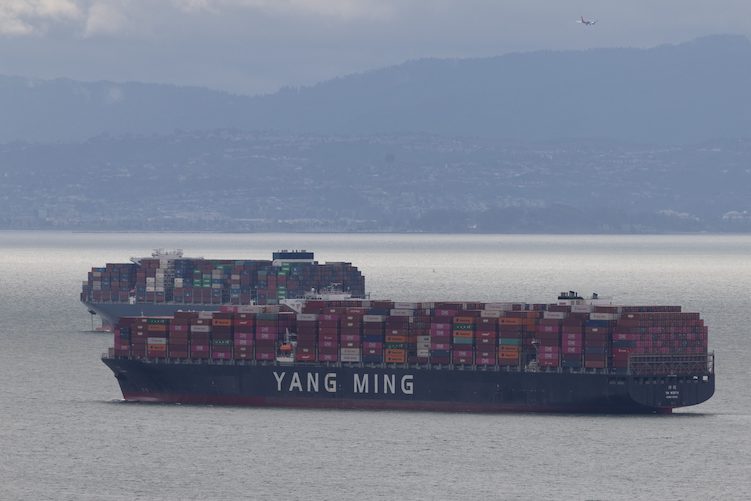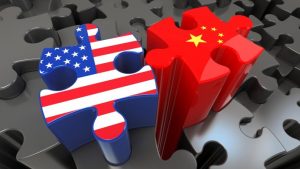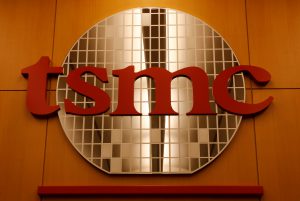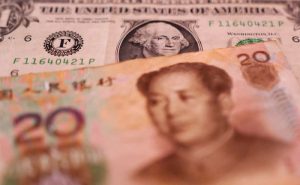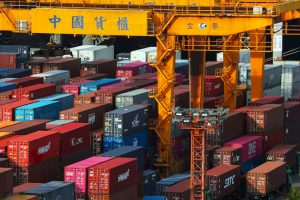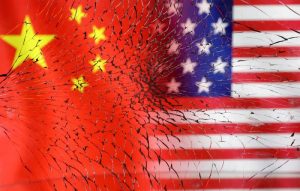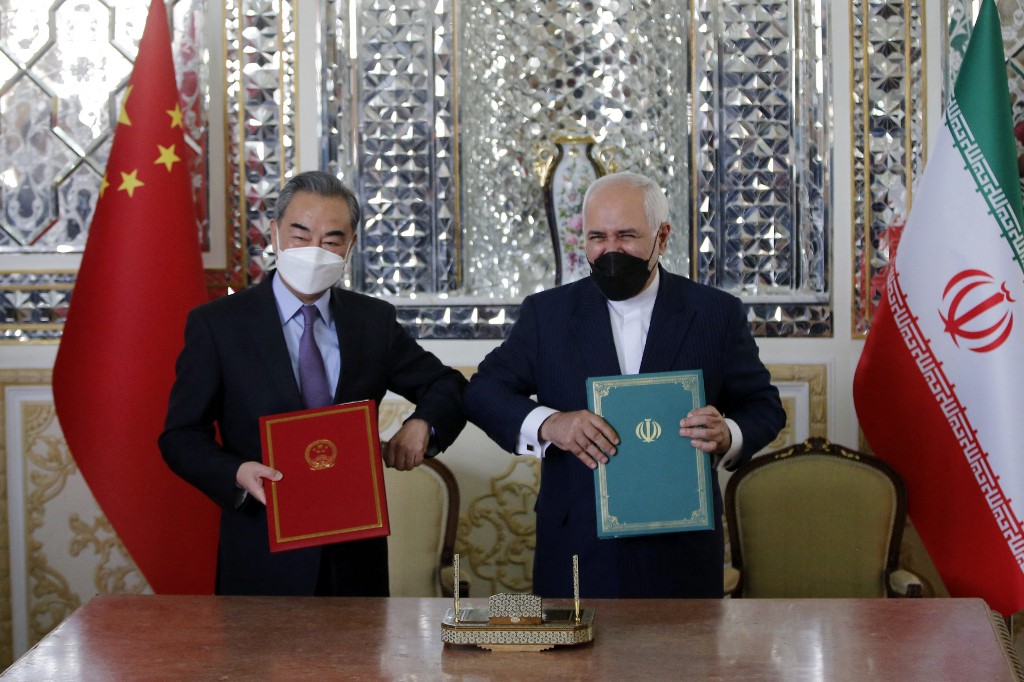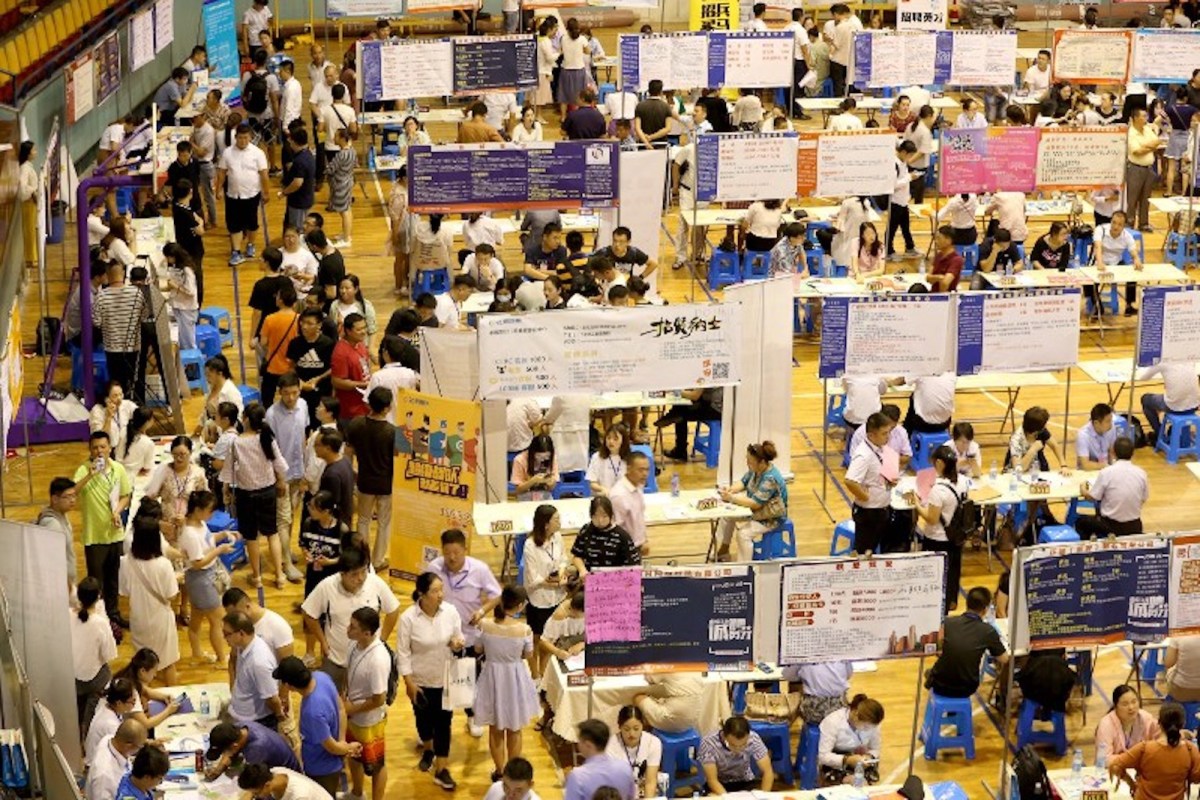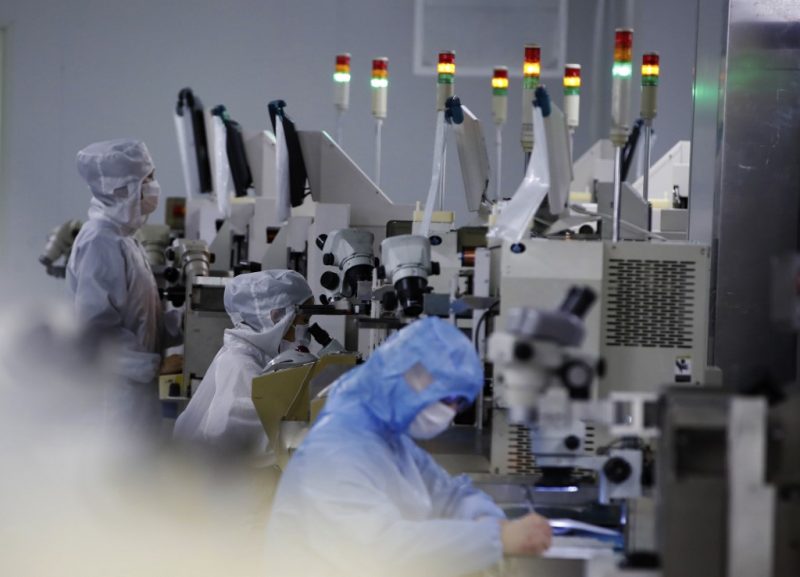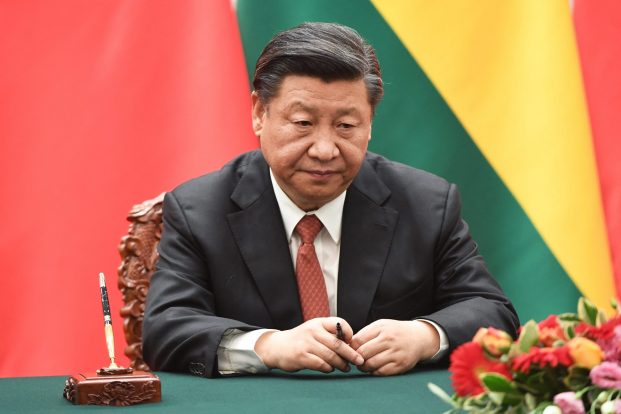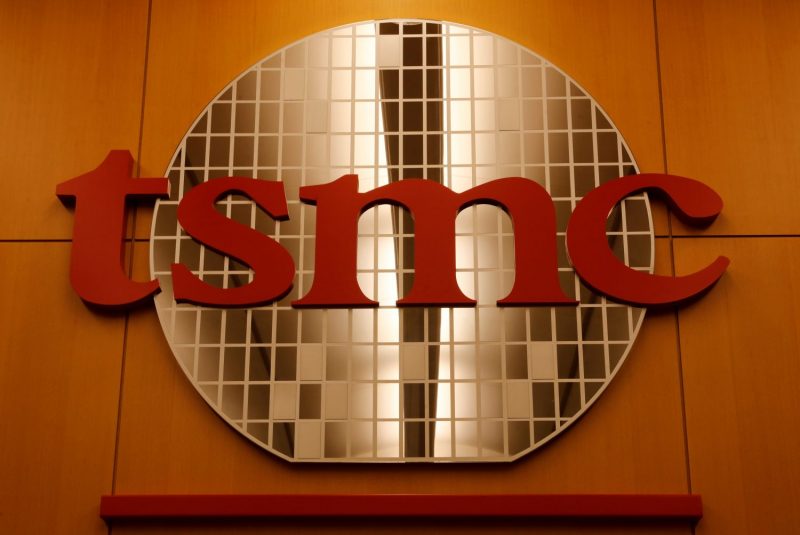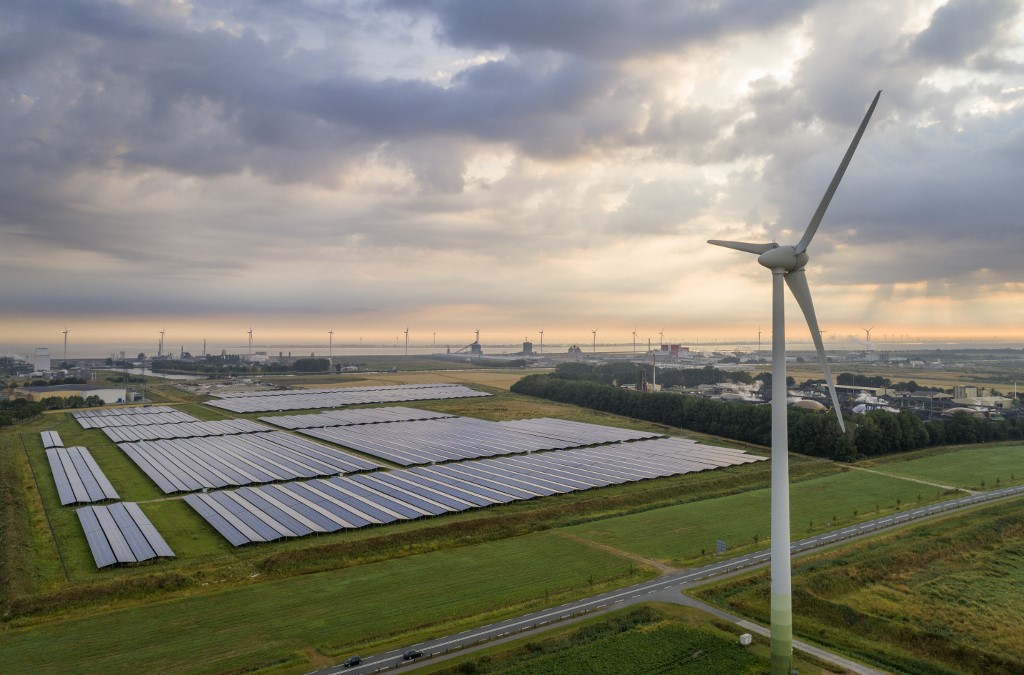China increased its tariffs on US goods on Friday to 125%, after US President Donald Trump’s move to hike levies on Chinese imports to 145%.
The White House has kept the pressure on China, despite pausing most of the ‘reciprocal’ duties it imposed on dozens of other countries, indicating that it is one of the key targets of the new US policy.
Meanwhile, China’s response suggests it won’t take a backward step in a trade war likely to reconfigure global supply chains if no deal is reached between the two superpowers.
ALSO SEE: China Curbs Hollywood Films, But Says It’s Open to Talks
Beijing has continued to condemn the tariffs policy and the “bullying” manner in which it says it has been implemented.
“The US imposition of abnormally high tariffs on China seriously violates international and economic trade rules, basic economic laws and common sense and is completely unilateral bullying and coercion,” China’s Finance Ministry said in a statement.
It said the tariffs were becoming a “numbers game” that “will become a joke.” So, it will ignore and not reply to any further US increases.
Market turbulence continues
Meanwhile, Asian markets were mixed again on Friday, with the Nikkei in Tokyo and the ASX in Sydney also down, while the Hang Seng and Shanghai edged up on the back of state support.
There was also a report that state brokerages had restricted selling on local exchanges.
But the turbulence spurred by US President Donald Trump’s imposition of tariffs has clearly rattled investors and there was little sign of easing on Friday, while foreign leaders try to work out how to respond to the dramatic impact on the global trading system.
There was a brief reprieve Wednesday when Trump decided to pause duties for dozens of countries for 90 days. However, his escalating trade war with China has fuelled fears of recession and further retaliation.
US Treasury Secretary Scott Bessent tried to assuage skeptics by telling a cabinet meeting on Thursday that more than 75 countries wanted to start trade negotiations, and Trump himself expressed hope of a deal with China.
But the uncertainty in the meantime extended some of the most volatile trading since the early days of the Covid pandemic.
Nikkei slumps
The S&P 500 index ended 3.5% lower on Thursday and is now down about 15% from its all-time peak in February.
Asian indices followed Wall Street lower on Friday with Japan’s Nikkei down nearly 5% and Hong Kong stocks rising mildly but still facing the biggest weekly decline since 2008.
A sell-off in US Treasuries – which caught Trump’s attention before Wednesday’s pause – picked up pace again on Friday with the yield on the 10-year note set for its biggest weekly spike since 2001, LSEG data showed.
Analysts say the erratic and flippant manner in which Trump has imposed tariffs may be undermining confidence in US government bonds, which have long been a key pillar of US economic strength.
Indeed some critics say the daily uncertainty of the US President’s announcements is like an additional tariff that investors must face.
Bessent, however, shrugged off the renewed market turmoil on Thursday and said striking deals with other countries would bring certainty.
The US and Vietnam have agreed to begin formal trade talks, the White House said. The Southeast Asian manufacturing hub is prepared to crack down on Chinese goods being shipped to the United States via its territory in the hope of avoiding tariffs, Reuters reported on Friday.
Japanese Prime Minister Shigeru Ishiba, meanwhile, has set up a trade task force that hopes to visit Washington next week. And Taiwan said it also expects to be included in the first batch of trading partners to hold talks with Washington.
US levies on Chinese goods reach 145%
Trump paused his ‘reciprocal’ tariffs on other countries hours after they came into effect earlier this week, but ratcheted up duties on Chinese imports as punishment for Beijing’s initial move to retaliate.
He has now imposed new tariffs on Chinese goods of 145% since taking office, a White House official said.
Trump told reporters at the White House he thought the United States could make a deal with China, but he reiterated his argument that Beijing had “really taken advantage” of the US for a long time.
“I’m sure that we’ll be able to get along very well,” Trump said, adding that he respected Chinese President Xi Jinping. “In a true sense he’s been a friend of mine for a long period of time, and I think that we’ll end up working out something that’s very good for both countries.”
China, which rejected what it called threats and blackmail from Washington, has restricted exports of rare earth elements and imports of Hollywood films, which is one of the most high-profile American exports.
The US tariff pause also does not apply to duties paid by Canada and Mexico, whose goods are still subject to 25% fentanyl-related tariffs unless they comply with the US-Mexico-Canada trade agreement’s rules of origin.
Xi to explore greater trade with SE Asia
Chinese officials have been canvassing other trading partners about how to deal with the US tariffs, most recently talking to counterparts in Spain, Saudi Arabia and South Africa.
Close allies such as Australia, Japan and South Korea have given a cool response so far to approaches by Beijing for greater bilateral trade, given the endless headaches Beijing has created for them in recent years.
So, China’s President Xi Jinping is now looking to visit Vietnam, Malaysia and Cambodia next week to see if it can lock in greater trade ties with its neighbours in Southeast Asia.
With trade hostilities persisting among the US’s top three US trade, Goldman Sachs estimates the probability of a recession at 45%.
Even with the rollback, the overall average import duty rate imposed by the US is the highest in more than a century, according to Yale University researchers.
Trump’s tariff pause also did little to soothe business leaders’ worries about the fallout from Trump’s trade war and its chaotic implementation: soaring costs, falling orders and snarled supply chains.
One reprieve came, however, when the European Union said it would pause its first counter-tariffs.
The EU had been due to launch counter-tariffs on about 21 billion euros ($23 billion) of US imports next Tuesday in response to Trump’s 25% tariffs on steel and aluminium. It is still assessing how to respond to US car tariffs and the broader 10% levies that remain in place.
Finance ministers from the 27-country bloc will brainstorm on Friday how to use the pause to get a trade deal with Washington and how to coordinate their efforts to handle tariffs if they do not.
European authorities estimate the impact of the US tariffs its economy would total 0.5% to 1.0% of GDP. Given the EU economy as a whole is forecast to grow 0.9% this year, according to the European Central Bank, the US tariffs could tip the EU into recession.
- Jim Pollard with Reuters
NOTE: The headline on this report was changed and the text got a major rejig on April 11 after further details of China’s response were confirmed.
ALSO SEE:
Relief in Asia as Trump Pauses Hefty Tariffs, But China Levy Hiked
China Hits Back With 84% Levy, After Trump Doubled US Tariffs
China’s Yuan, US Treasuries Become Victims of Market Turmoil
US And China ‘Stuck in an Expensive Game of Chicken’ – Nomura
Trump Tariffs Could Boost Demand For Renewables: Think Tank
Asian Markets Simmer as China Rejects US Tariffs ‘Blackmail’
Trump Tariff ‘Medicine’ Triggers Asian Markets Bloodbath
China Hits Back With 34% Tariffs on US Goods; SE Asia Reeling
TikTok Still Up And Running in US After Tariffs Thwart Deal




